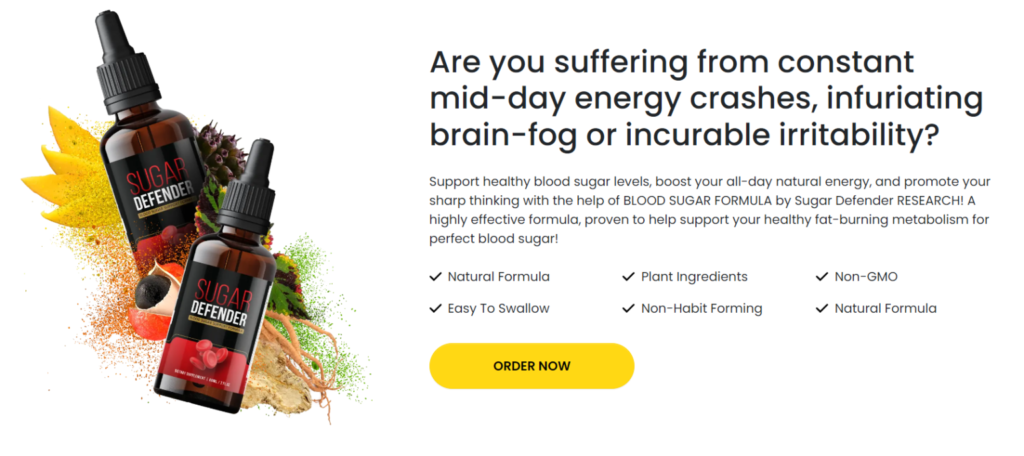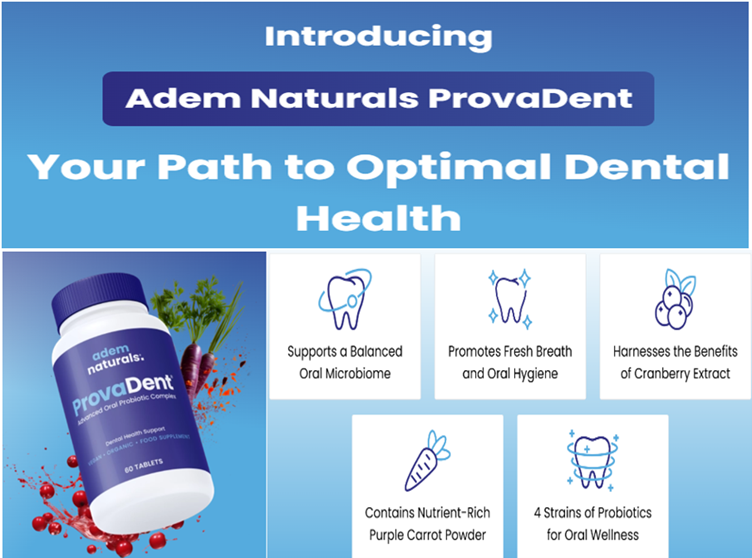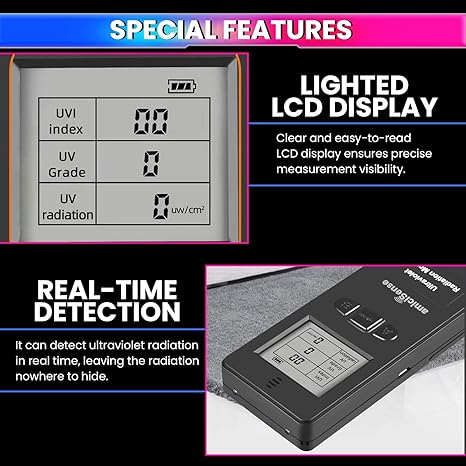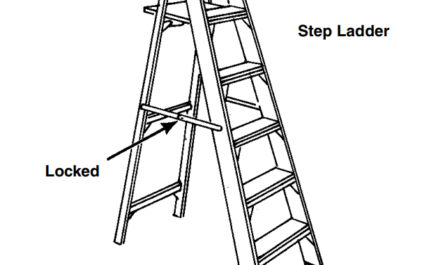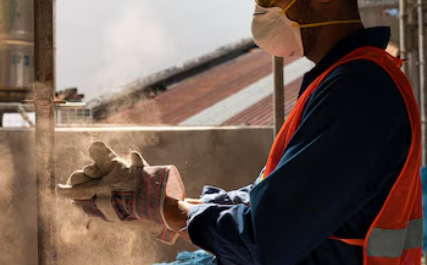Ultraviolet Radiation: A Safety Officer’s Guide to Awareness and Protection
Ultraviolet (UV) radiation is a silent yet potent force that poses significant risks in occupational and recreational settings. Exposure to UV radiation can lead to severe health issues, including skin cancer, eye damage, and premature aging. As safety officers, ensuring employee education and implementing preventive measures is critical for workplace safety and well-being. This blog will explore 25 essential points about UV radiation safety, along with actionable tips to minimize risks.
What Is UV Radiation?
- Definition: UV radiation is a type of electromagnetic radiation from the sun and artificial sources like welding torches and tanning beds.
- Types: It is divided into UVA, UVB, and UVC rays. While UVA penetrates deeper, UVB is primarily responsible for sunburn, and UVC is usually absorbed by the Earth’s atmosphere but can be harmful in certain workplaces.
- Invisible Danger: UV radiation is not visible to the naked eye, making it harder to recognize exposure risks.
Health Effects of UV Exposure
- Skin Cancer: Prolonged UV exposure significantly increases the risk of melanoma and other skin cancers.
- Premature Aging: UVA rays damage skin elasticity, leading to wrinkles and discoloration.
- Eye Damage: Conditions such as cataracts and photokeratitis (“snow blindness”) are common among individuals with high UV exposure.
- Immune Suppression: Overexposure to UV rays can weaken the immune system, making the body more vulnerable to infections.
High-Risk Occupations
- Outdoor Workers: Construction workers, farmers, and lifeguards are frequently exposed to UV radiation.
- Welders: Welding arcs emit intense UV radiation, posing risks even in short durations.
- Aviation Staff: Pilots and cabin crew are at higher risk due to thinner atmospheric protection at high altitudes.
Preventive Measures: UV Safety in the Workplace
- Protective Clothing: Long-sleeved shirts, wide-brimmed hats, and UV-blocking fabrics reduce exposure.
- Sunscreen Use: SPF 30+ sunscreen should be applied every 2 hours, especially for outdoor workers.
- UV-Blocking Eyewear: Safety goggles or sunglasses with UV protection are essential for eye safety.
- Shade Planning: Encourage breaks in shaded areas or under UV-protective canopies.
- Use of UV Shields: Welding workers must use helmets with proper UV filters.
- Time Management: Schedule outdoor tasks early in the morning or late afternoon to avoid peak UV hours (10 AM–4 PM).
UV Monitoring and Equipment
- UV Index Awareness: Regularly monitor the UV index and adjust work schedules accordingly.
- Dosimeters: UV dosimeters can track cumulative exposure, aiding in preventive action.
- Training Programs: Conduct regular UV safety training sessions for employees.
Recognizing Signs of Overexposure
- Skin Changes: Monitor for redness, blisters, or unusual moles.
- Eye Symptoms: Watch for irritation, light sensitivity, or vision changes after exposure.
Workplace Policies for UV Safety
- Sunscreen Stations: Install accessible sunscreen dispensers at worksites.
- PPE Compliance: Ensure proper use and maintenance of UV-resistant personal protective equipment (PPE).
- Awareness Campaigns: Promote UV safety through posters, emails, and toolbox talks.
- Regular Health Checks: Provide access to dermatological and ophthalmological screenings.
Conclusion
UV radiation safety should be a priority for every workplace. By incorporating these measures, safety officers can protect workers from harmful UV effects, promote health and safety, and comply with occupational health regulations.
- UV radiation safety
- Occupational health and safety
- UV protection measures
- Workplace sun safety tips
- Health effects of UV exposure
- PPE for UV radiation
- Skin cancer prevention at work
- Eye protection from UV rays
- Safety officer UV safety checklist
By addressing UV safety proactively, we ensure a healthier, safer work environment for all. Stay informed, stay protected!
“Start Your Website Journey Today – Exclusive Hostinger Discounts!”


